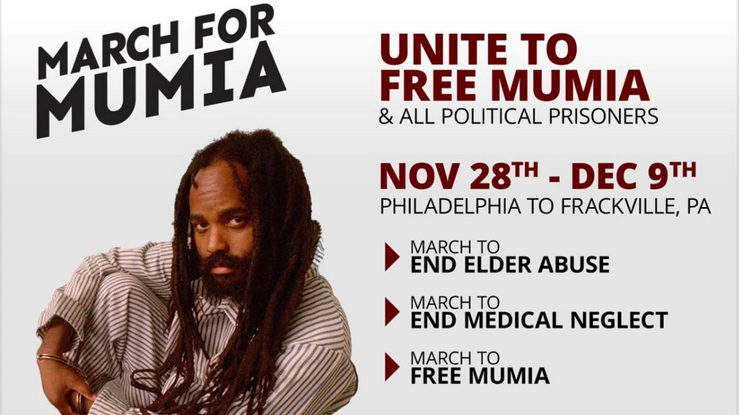May must be commemorated as a Month of Infamy for all African Americans. Yet even in the 21st Century there are many Black people who haven’t heard of the Black Wall Street massacre.
No it wasn’t an imagined Black Utopia. What have you told your kids about Black Wall Street? The first thing they should know is that it was not in New York City. The last thing they should understand is that all of us must draw lessons from its legacy of success. Our people did for self and can do again. Tell all willing to listen that in 1921, the Greenwood district neighborhood of Tulsa, Oklahoma, was site of one of the most devastating massacres in American. It was a ghastly terrorist attack many chose to forget it.
To understand the state of contemporary African Americans, it’s especially important to know the history of Tulsa’s Black Wall Street and understand what happened to it and how it all went wrong for many of us after that. In early 1900, Greenwood, with its Archer and Pine Streets tracts was a thriving business district of middle and upper class African Americans with Black-owned businesses, including schools, hospitals, and theaters. It was a bustling commercial and social island on the Northeast side of Tulsa.
Black Wall Street was destroyed in just two days in 1921. In the two days pogrom, from May 30 to June 1, more than 300 Black people, possibly thousands were killed –bombed, lynched, shot or burned– 800 injured, and 10,000 left homeless by White mobs supported by the law enforcement authorities who dropped firebombs from planes on Black homes. Black family fortunes evaporated overnight. Wall Street’s demise was due to a terrorist attack on affluent blacks. Today’s Blacks still suffer as result of white rioters’ envy and terrorism of the Black entrepreneurs’ Mecca.
The pretext for the attacks was the false allegation that a 19-year old Black shoe-shine boy Dick Rowland, had assaulted a 17-year old White elevator operator named Sarah Page.
Yet it was envy and resentment from Whites that African Americans, by doing for self, had created a thriving Black Mecca with business acumen and independence. They did not like it that those Blacks didn’t live on handouts. Oklahoma, which was rich in oil deposits, became a state in 1907. The Oklahoma Territory offered a “better life” for formerly-enslaved Africans to get away from a South that was still-repressive; and to start over. In Tulsa, the Frisco railroad tracks divided the “White” part of town from the “Little Africa” Greenwood District. Laws of the period prevented Whites and Blacks from living in neighborhoods that were 75 percent predominantly the other race.
Black Wall Street came about as Blacks made do with their lot, as red brick buildings sprang up along Greenwood Avenue to be occupied by businesses owned by a thriving Black middle class that came about from the 1910’s oil boom. They wanted happiness, peace and prosperity. There were lawyers, doctors and realtors.
Black-oriented theaters, clubs, churches and stores thrived in Greenwood. Money circulated and accumulated in Greenwood. But as the Black community flourished, disgruntlement and hatred grew in the White community. With veterans returning from World War I and jobs scarce, the envy and racial hostility from Whites grew. This all came to a boil on May 31 with the alleged assault on Ms. Page as the pretext for the murderous rampage by White mobs. In just over 16 hours, almost every Black business was burned to the ground.
There were bodies all over the streets. The surviving Black population was confined in concentration camps. The authorities banned funerals and the dead were buried in mass graves. The massacre is sometimes referred to as the “Tulsa race riot” to mask its criminal intent and legal obligation.
All Black insurance claims, totaling $2.7 million, which today is worth $33.6 million, were denied.
Blacks are owed for the destruction of Greenwood. Blacks had ruled the roast, when it came to business in Tulsa. In the destruction of Black Wall Street, 35 city blocks comprising of 1,256 residences were razed. There was clear intention to eradicate this shining example of Black success.
Much is owed to the towering early pioneers that built self-sustaining businesses only 50 years after Emancipation. Icons of Black business legacy include O. W. Gurley, who opened a grocery store to service the Black community in 1905. Gurley then bought tracts of undeveloped land, first 40 acres and later 80. He constructed homes for sale and to rent to Blacks migrating to Tulsa. He has resigned an appointment by President Grover Cleveland and relocated to Greenwood to help build this new world. Gurley ultimately built one of Tulsa’s finest hotels. He ended up losing businesses worth $200,000, which is about $2.7 million today. Those were the losses of just one entrepreneur.
We have also John B. Stradford who built the 54-room Stradford Hotel; at the time, the finest Black-owned hotel in America. Stradford owned rental houses and apartment buildings and believed that if Blacks pooled their resources and spent within their communities they could become self-sufficient and independent. Greenwood-resident Mabel Little, owner of Little Rose Beauty Salon, lost her beauty parlor, her and her husband’s restaurant next door and rental properties as White mobs ran amuck.
We have a President who says he’s pro-business, Donald Trump; well what about Reparations for the lives and businesses destroyed in Greenwood? It’s time Black Americans study what happened in Greenwood and use the model to build new Black Meccas and for seeking redress of this country’s inequalities and the debt owed to Blacks.
The men and women of Greenwood are models of outstanding business acumen and perseverance. Undeniable evidence that Black people have always overcome tremendous odds to accomplish great feats in America.
Blacks did for self; Blacks must again do for self.
William Reed is publisher of “Who’s Who in Black Corporate America” and available for projects via [email protected]






